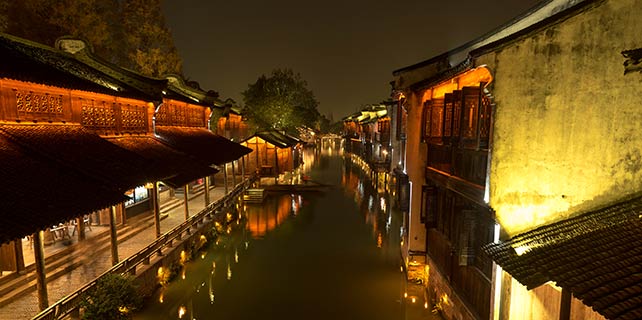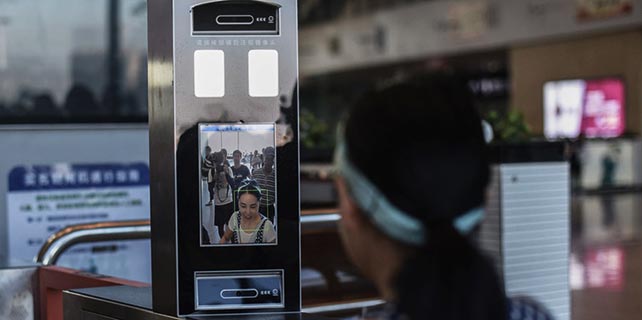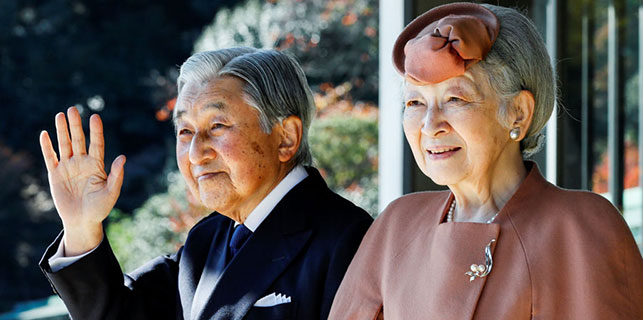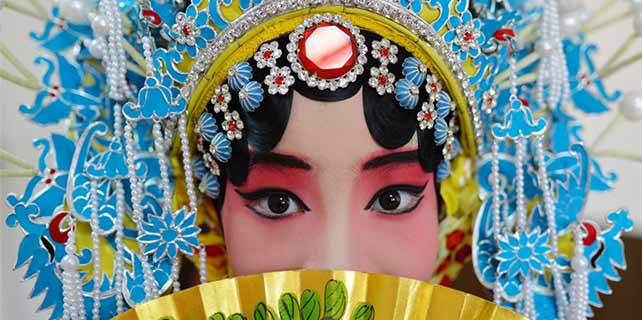Crafting a future for traditional arts
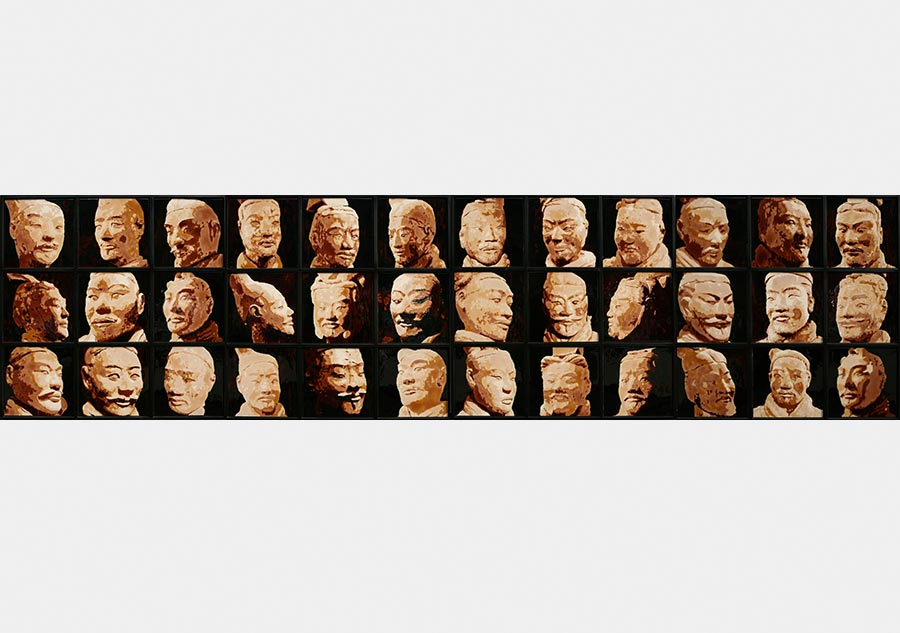 |
|
Art by Guo Aihe. [Photo provided to China Daily] |
One of Guo's works that is worth mentioning titled Guo Zhi Zhong, Cheng Zhi Yuan (The Center of the Country, The Origin of the Cities), light up the Henan pavilion at the 2010 Shanghai World Expo. It won the gold award of "Bai Hua" Grand Award for Chinese Arts and Crafts issued by Chinese Arts and Crafts Association in Beijing.
The work is a large-scale mural, measuring 25.8 meters long by 3.3 meters tall. It has been built up using 2,516 individual pieces of artwork, including 2,359 ceramic tiles decorated with sancai to create the background, six bronzes that form the title of the artwork in the style of a seal and one piece of Dushan jade from Nanyang that had been carved into the character Yu, an abbreviation for Henan province.
The work, as suggested by its title, has two themes.
The pattern from an ancient bronze tripodal urn unearthed in Henan province has been pieced together to form the center of the work. Twenty six dynasties in ancient China once set their capitals in today's Henan, and their names are painted in the style of oracles around the central character for Yu, reinforcing the message that Henan lies at the center of China.
To reflect the origin of cities as another theme, the Yellow River runs through historic sites in the background, including Yangshao, the Yin Ruins in Anyang, the ancient capital of Erlitou and the ancient cities of the Easten Han (25-220) and Wei (220-265) dynasties. Patterns from ancient Chinese mythological fiction called hetu and luoshu have been revived, as a reminder of the Yellow River's ancient mythology.





